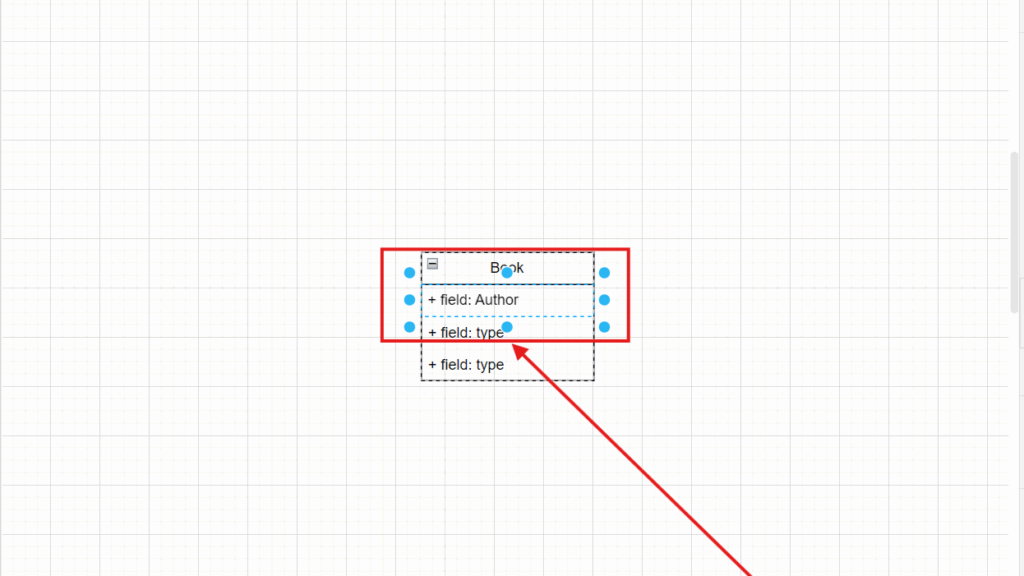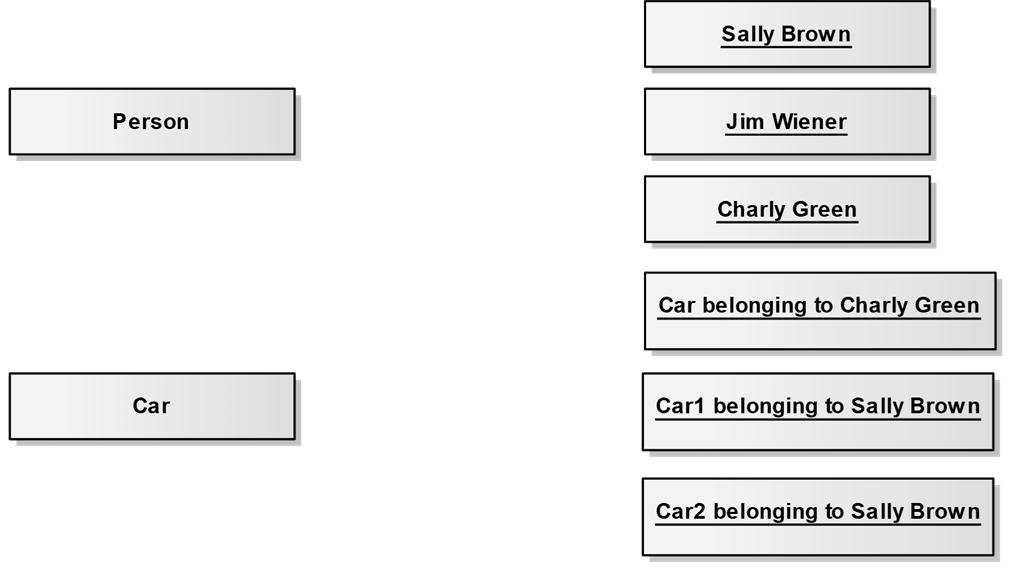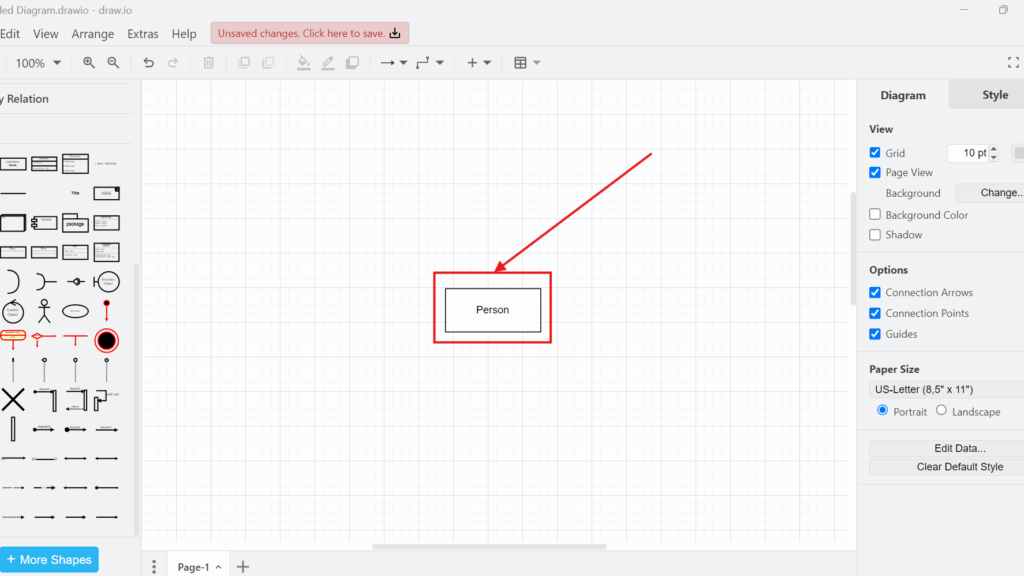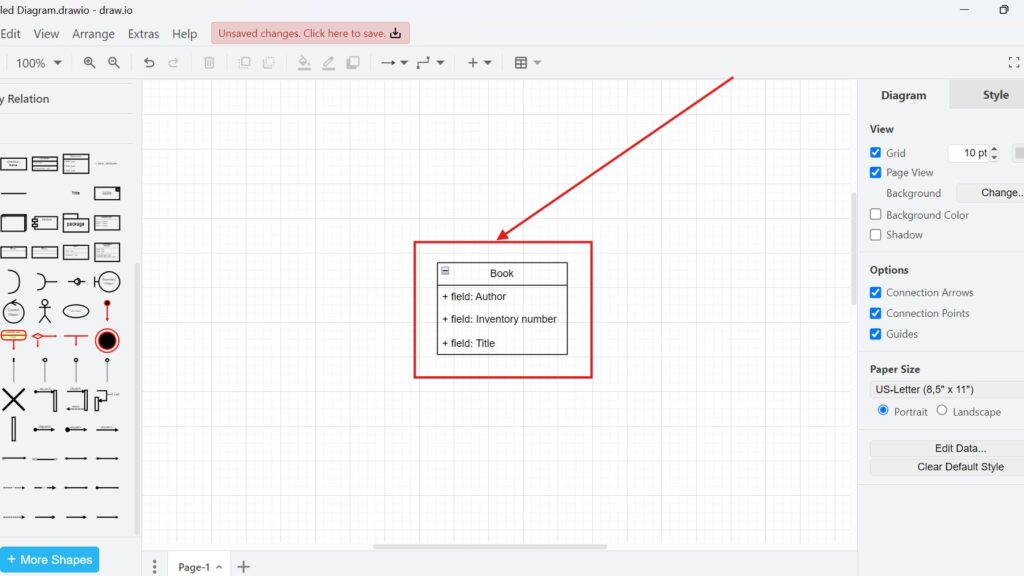Project Management Attributes of Elicitation Activities
In computer science and project management, understanding the attributes of elicitation activities is essential for successful project outcomes. These attributes define how requirements are gathered, managed, and aligned with project goals. They influence communication, timing, and stakeholder collaboration. In this article, we explore what these attributes mean, why they matter, and how they shape the overall effectiveness of elicitation in complex technical projects.
Project Management Attributes of Elicitation Activities Read More »









